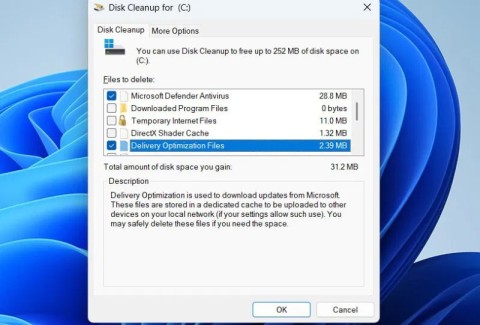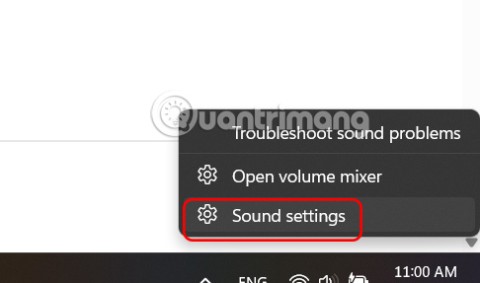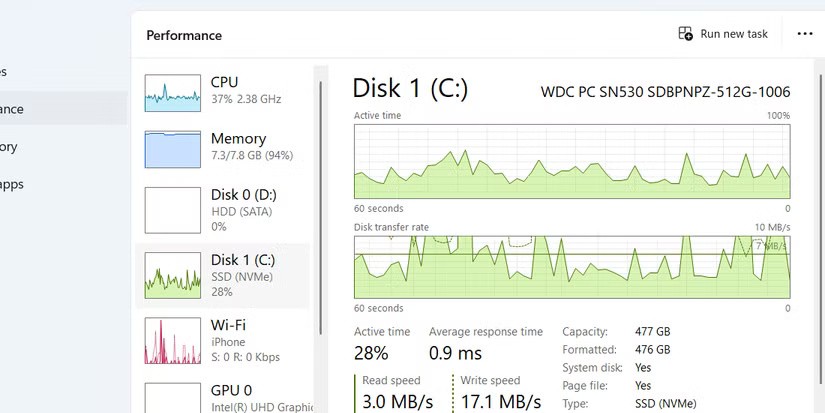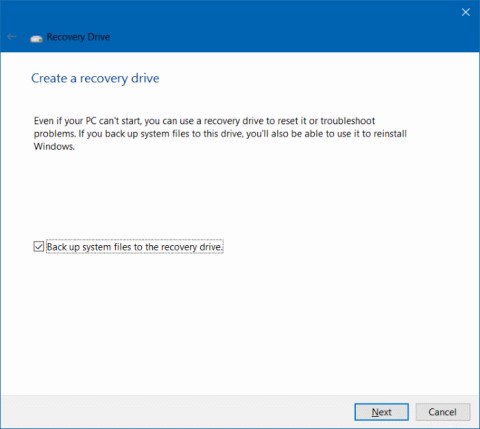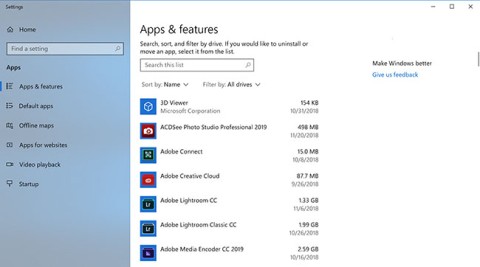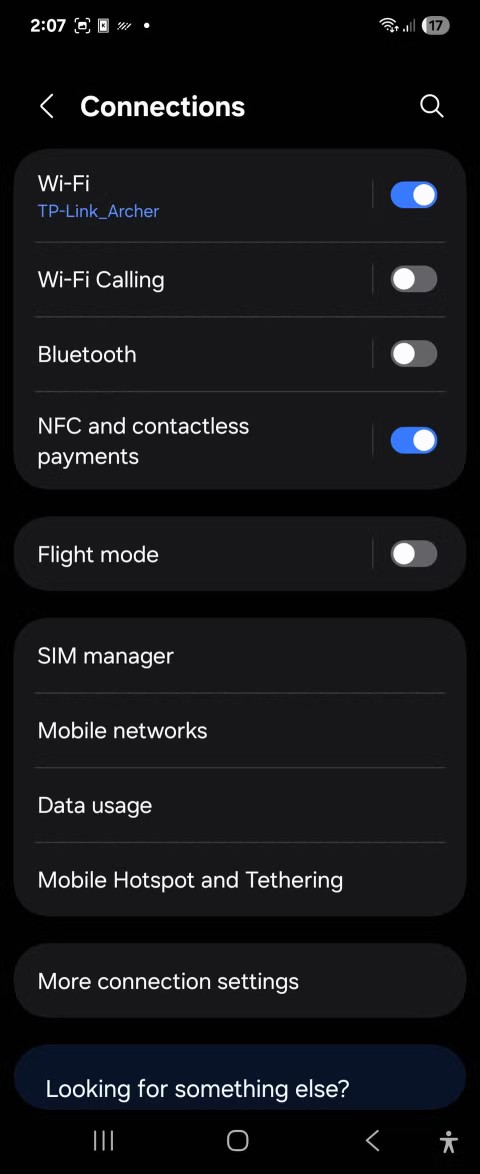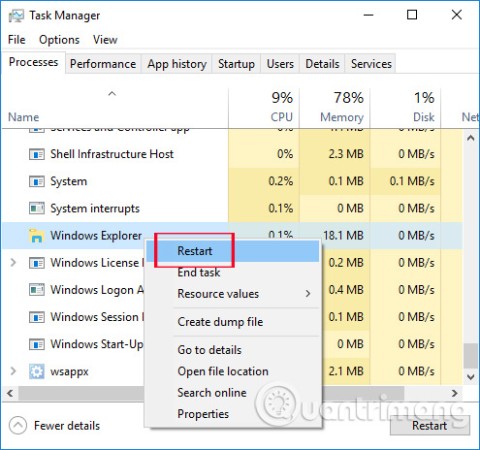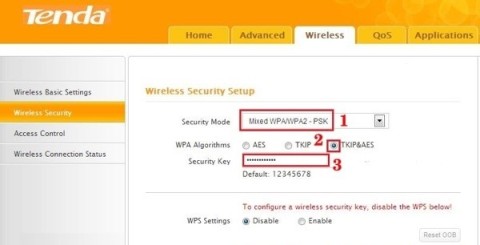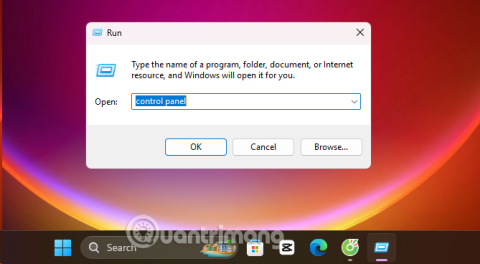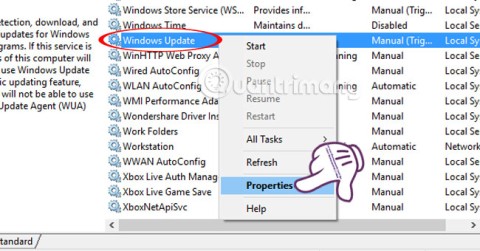Windows 10에서 USB 드라이버를 다운로드, 업데이트 및 문제 해결하는 방법
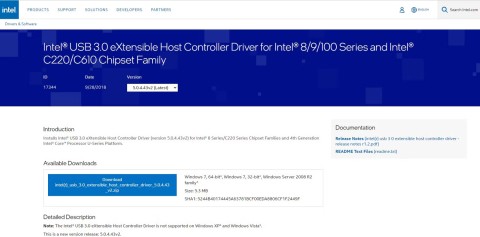
USB 장치는 일상생활에 없어서는 안 될 필수품이 되었으며, 이를 통해 다양한 필수 하드웨어를 PC에 연결할 수 있습니다.
Confidence Interval is a common statistics metric that determines how far a Sample Mean is from the actual Population Mean. If you have a wide set of sample values, calculating the Confidence Interval manually can get very complicated. Thankfully, Google Sheets allows you to find the CI value promptly – and we’re here to show you how to do that.

In this guide, we’ll explain how to calculate Confidence Interval in Google Sheets. We’ll also provide answers to some of the most common questions related to the Confidence Interval calculation and use.
How to Calculate Confidence Interval in Google Sheets
Calculating the Confidence Interval in Google Sheets is quite simple even if you have a lot of samples. To do that, follow the instructions below:
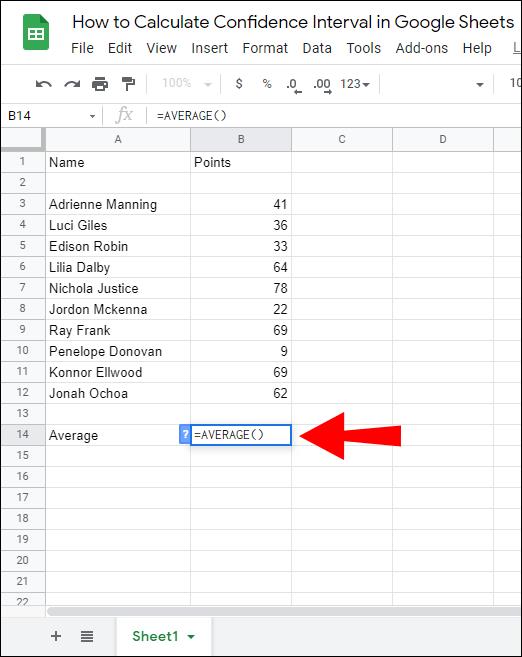
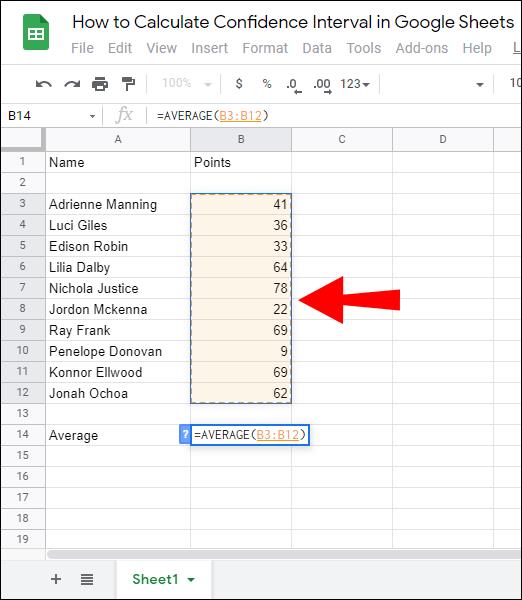
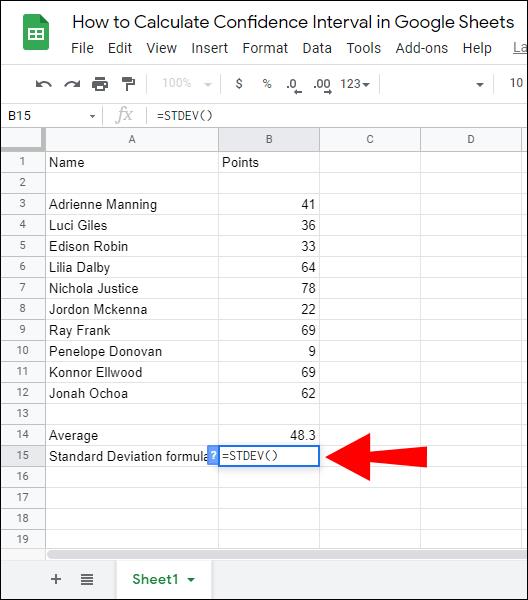

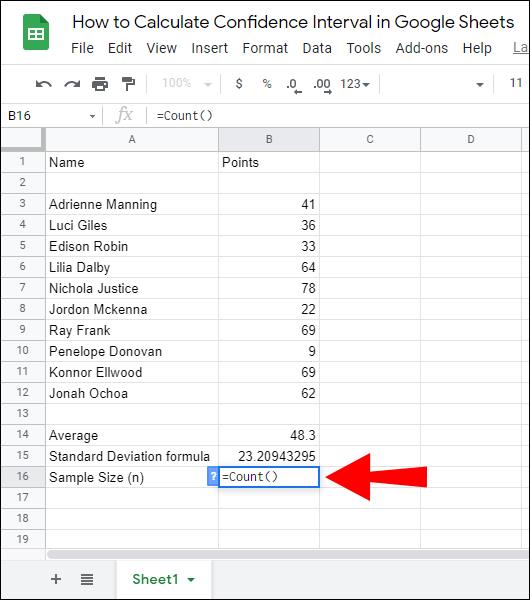
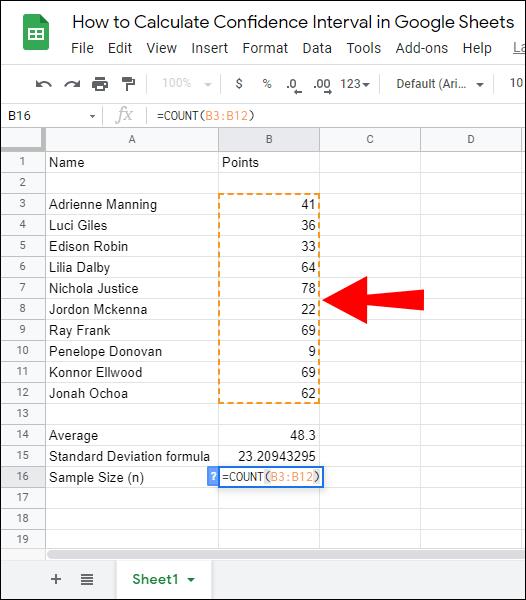
How to Find 95% Confidence Interval in Google Sheets
If you need to calculate a 95% Confidence Interval in Google Sheets, follow the guide below:



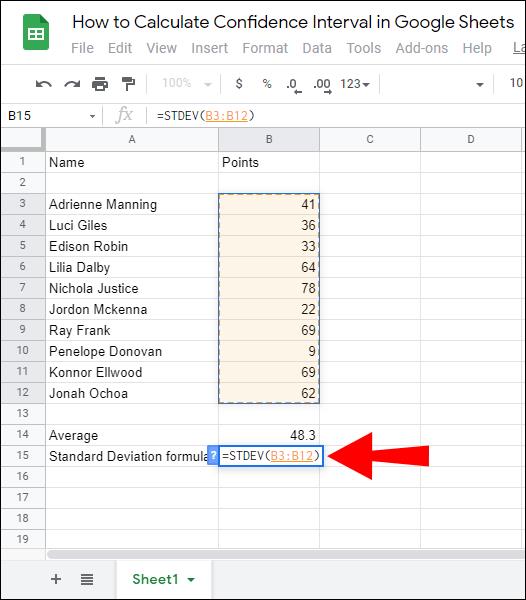



Frequently Asked Questions
In this section, we’ll provide answers to some of the most common questions related to Confidence Interval calculation and use.
How Do I Calculate 95% Confidence Interval?
Confidence Interval is calculated using the CI = Sample Mean (x) +/- Confidence Level Value (Z) * (Sample Standard Deviation (S) / Sample Size (n)) formula. The Critical Value for a 95% Confidence Interval is 1.96, therefore, you should insert 1.96 in the formula in place of the ‘’Z.’’
If you’re calculating a 95% Confidence Interval in Google Sheets, calculate the sample value Average, Standard Deviation, and Sample Size first, then, enter the values to the following formula: =TINV(1-.95, n(Sample Size)-1)*STDEV/SQRT(n), and hit the ‘’Enter’’ key.
What Is the Z* for a 90% Confidence Interval?
The Z for a 90% Confidence Interval is 1.645. Even though the Z values for specific Confidence Interval percentages are always the same, you don’t necessarily have to memorize all of them. Instead, remember the formula for finding the Z score – Mean (x) +/- Z value * (Standard Deviation (S) / √Number of Observations (n)).
How Is Confidence Interval Calculated?
If you’re calculating the Confidence Interval manually, use the CI = Sample Mean (x) +/- Confidence Level Value (Z) * (Sample Standard Deviation (S) / Sample Size (n)) formula. To find the Sample Mean, add all the sample values together and divide them by the number of samples.
The Z value can be found using the Mean (x) +/- Z value * (Standard Deviation (S) / √Number of Observations (n)) formula or simply by checking it in the Z value table.
To find the Standard Deviation, insert values in the √ (Summ of ((Each value from the population – Population mean) * (Each value from the population – Population mean)) / The size of population). The ‘’n’’ value is simply the number of your samples. Google Sheets calculates the Confidence Interval easier and faster.
Type in your samples and their values to a spreadsheet and use the =TINV(1-.95, n(Sample Size)-1)*STDEV/SQRT(n) formula.
How Do I Find the Z Score in Google Sheets?
The Z score is calculated in Google Sheets using the = (DataValue – Mean) / Standard Deviation formula. Therefore, you have to find the Mean and Standard Deviation first.
To find the Mean, use the =AVERAGE(value set) formula and enter all of your values by highlighting them. The Standard Deviation can be found by typing in the =STDEV(value set) formula.
Another way to quickly find the Z score is to check the Z score table or memorize them, as they always remain the same. The Z score for a 90% Confidence Interval is 1.645, for 95% – 1.96, and for 99% – 2.576.
What Is the Sample Size of Confidence Interval?
The Sample Size of a Confidence Interval is the total number of your samples. For example, if you have a table consisting of 25 samples and their values, the Sample Size is 25. In Google Sheets, you can calculate the Sample Size by entering the =SUM(value set) formula and highlighting all of your samples.
What Is a Confidence Interval?
Confidence Intervals are used to determine how far the Sample Mean is from an actual Population Mean. In other words, it displays the error interval between these two means, or the upper and lower error limit around the sample mean.
For example, if you calculate a 90% Confidence Interval, you can be 90% sure that the Population Mean lies in your Sample Mean interval. Most often, 95% and 99% Confidence Intervals are used, as they allow to calculate the lowest error percentage. However, sometimes 80%, 85%, and 90% Confidence Intervals are applied.
How Do I Create a Graph in Google Sheets?
To create a graph in Google Sheets, select required value cells. Then, click “Insert” at the upper part of your screen. Select “Chart” from the dropdown menu, then pick the kind of your chart or graph. To open additional customization options, click “Customization.”
Finally, click “Insert,” drag and move the chart to the desired place in your spreadsheet. To make a visual representation of your Confidence Interval data, you can create a chart of all the sample values and their Mean, and mark the Confidence Intervals on the chart.
Calculate With Ease
Google Sheets is a highly useful tool for statistical metric calculation – it helps to notably speed up and simplify the process. Hopefully, with the help of our guide, you can now easily find a Confidence Interval for any sample value set. If you’re going to present the data to non-professionals, we advise creating a graph to make your Confidence Interval information more comprehensible. Thankfully, Google Sheets lets you do this in a couple of clicks.
Do you prefer using Google Sheets or Excel? Why? Share your opinions in the comments sections below.
USB 장치는 일상생활에 없어서는 안 될 필수품이 되었으며, 이를 통해 다양한 필수 하드웨어를 PC에 연결할 수 있습니다.
Windows 저장소 감지는 임시 파일을 효율적으로 삭제하지만 일부 유형의 데이터는 영구적이며 계속 누적됩니다.
예상보다 결과가 느리다면, ISP를 너무 성급히 비난하지 마세요. 테스트를 실시할 때 실수가 있으면 결과가 왜곡될 수 있습니다.
Windows 11 업데이트 시 소리가 나지 않는 문제는 소프트웨어 또는 컴퓨터의 사운드 드라이버와 관련이 있을 수 있습니다. Windows 11 업데이트 시 소리가 나지 않는 문제를 해결하는 방법은 다음과 같습니다.
이 가이드에서는 Windows 10 및 Windows 11에서 계정에 사용되는 통화 형식을 변경하는 방법을 보여줍니다.
이 가이드에서는 Windows 10에서 .NET Framework 3.5를 온라인 및 오프라인으로 설치하는 다양한 방법을 보여줍니다.
복구 파티션은 컴퓨터의 하드 드라이브나 SSD에 있는 별도 파티션으로, 시스템 장애 발생 시 운영 체제를 복원하거나 다시 설치하는 데 사용됩니다.
요즘 듀얼 모니터 구성이 점점 보편화되고 있습니다. 한 화면에서 멀티태스킹을 하는 것은 너무 제한적입니다.
Windows 10 속도를 높이고 싶으신가요? Windows 10 속도를 향상시키거나 Windows 10 시작 속도를 높이고 싶으신가요? 이 글에는 Windows 10 속도를 높이는 모든 방법이 나와 있습니다. 읽고 적용하여 Windows 10 컴퓨터 속도를 높여 보세요!
커피숍에서 일하든 공항에서 이메일을 확인하든, 이러한 보안성이 강화된 대안을 사용하면 연결 상태를 손상시키지 않고도 데이터를 안전하게 보호할 수 있습니다.
사용자는 각자의 필요에 따라 작업 표시줄의 아이콘 크기를 더 작게 또는 더 크게 조정하고 변경할 수 있습니다.
Windows 10의 검색 도구가 작동하지 않으면 사용자는 필요한 프로그램이나 데이터를 검색할 수 없습니다.
WiFi 비밀번호를 특수하고 복잡한 문자로 변경하는 것은 가족의 WiFi가 불법적으로 사용되어 가족의 WiFi 속도에 영향을 미치는 것을 방지하는 한 가지 방법입니다.
제어판은 새 운영 체제에서 필요한 여러 구성 작업에서 여전히 중요한 역할을 합니다. Windows 11에서 제어판에 액세스하는 몇 가지 방법을 소개합니다.
Microsoft의 .NET Framework는 Windows 운영 체제에 설치 가능하거나 이미 포함되어 있는 프로그래밍 라이브러리를 포함하는 프로그래밍 플랫폼입니다. 경우에 따라 컴퓨터에 이 소프트웨어를 설치할 수 없는 경우가 있습니다. 아래 문서의 해결 방법을 따르세요.
